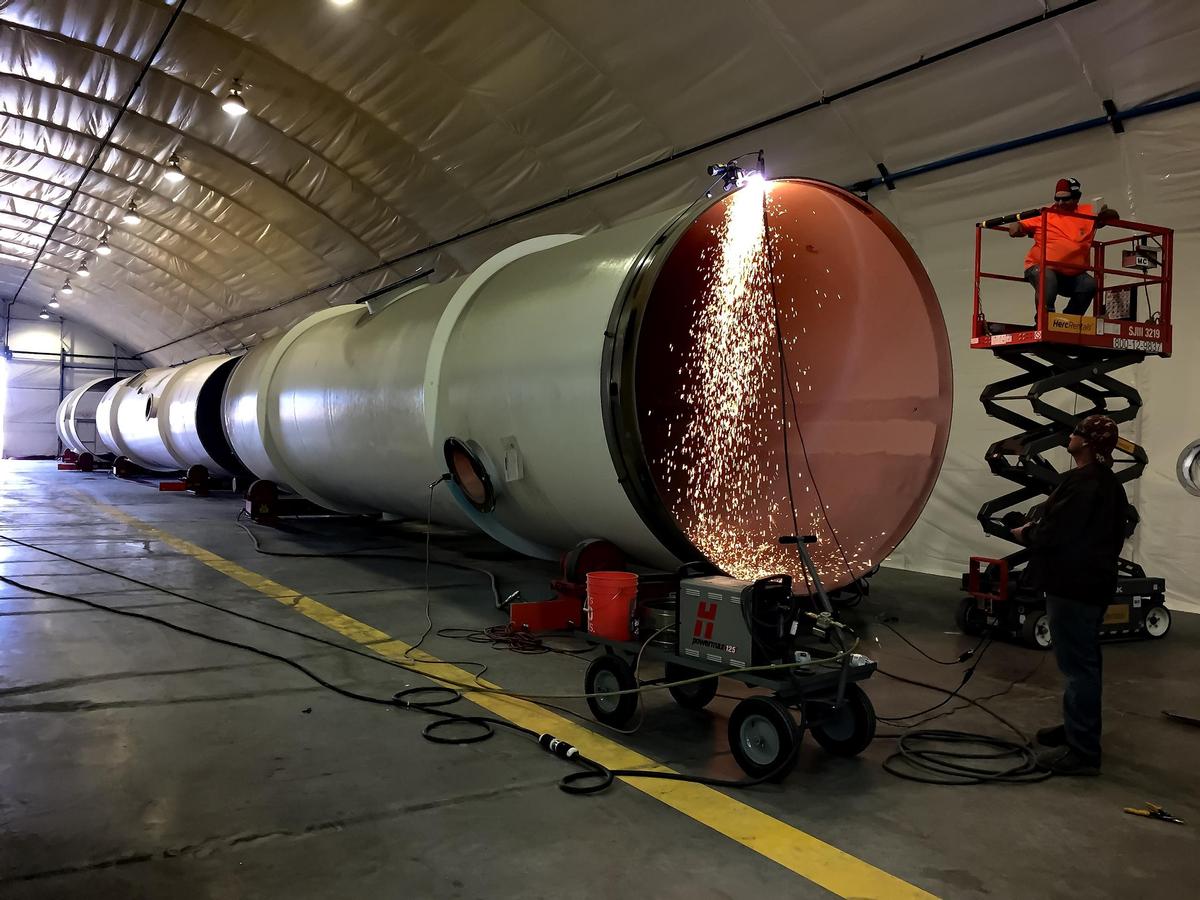Hyperloop One mulls high-speed network for India
– Rob Lloyd, Hyperloop One CEO
Hyperloop One, the Los Angeles firm racing to realise Elon Musk’s dream for a high-speed transport system powered by magnetic levitation, is considering building a network in India.
A major long-term goal for Hyperloop One is to “create a fifth mode of transport that will connect distant cities to form dynamic and efficient economic super-regions” – a vision which has major connotations for the leisure industry.
It is already exploring the feasibility of building a Hyperloop in the United Arab Emirates, and now CEO Rob Lloyd has revealed the second-most populous country in the world could be next in line.
"India turns out to be a massive opportunity obviously for the concept of Hyperloop, which is why there’s so much interest,” he said in an interview in New Delhi, according to Bloomberg, following meetings with the Indian government as part of the Hyperloop One Vision For India Summit.
"The market itself makes a lot of sense. Our analysis says that the Middle-East, India and parts of the US, where there is a renewed focus on infrastructure, are logically places where it could happen.
“We want to align the stakeholders to actually find a route that makes sense, to do the detailed engineering, do the work on financing that route, and think about a public-private partnership."
Five potential routes were showcased during the summit, including one between New Delhi and Mumbai – a 1,317 km journey that could be made in just 55 minutes.
Their concept involves fleets of autonomous cubic pods that can travel along regular roads, picking up passengers, as well as within the network's main transport hubs, where they are loaded into transporters. These travel through elevated tubes at speeds of up to 760mph (1,200 km/h).
Upon arrival, the pods – which carry up to six people and offer different interior environments and seating arrangements – disembark from the transporter to another portal with gates, or out of the portal altogether where they can join the road system.
According to Bloomberg, Indian prime minister Narendra Modi plans to spend a record 3.96tr rupees (US$5bn, €4.7, £4bn) to build and modernise the country’s railways, airports and roads in a bid to encourage overseas investment in the Indian economy.
Hyperloop One claims that it can fulfil the demand for reliable, clean, and on-demand autonomous transport, “connecting India’s major cities at faster-than-airline speeds.
Hyperloop was proposed by Canadian-American entrepreneur and innovator Musk in 2013, firing the starting gun on a technological race to realise the concept.
India, vote for your fav route from 1 of our proposed 5. Now traveling doesn’t need to take days! #VisionForIndia https://t.co/TGd8IxVsKh pic.twitter.com/L7h5DPy21j
— HyperloopOne (@HyperloopOne) February 28, 2017



